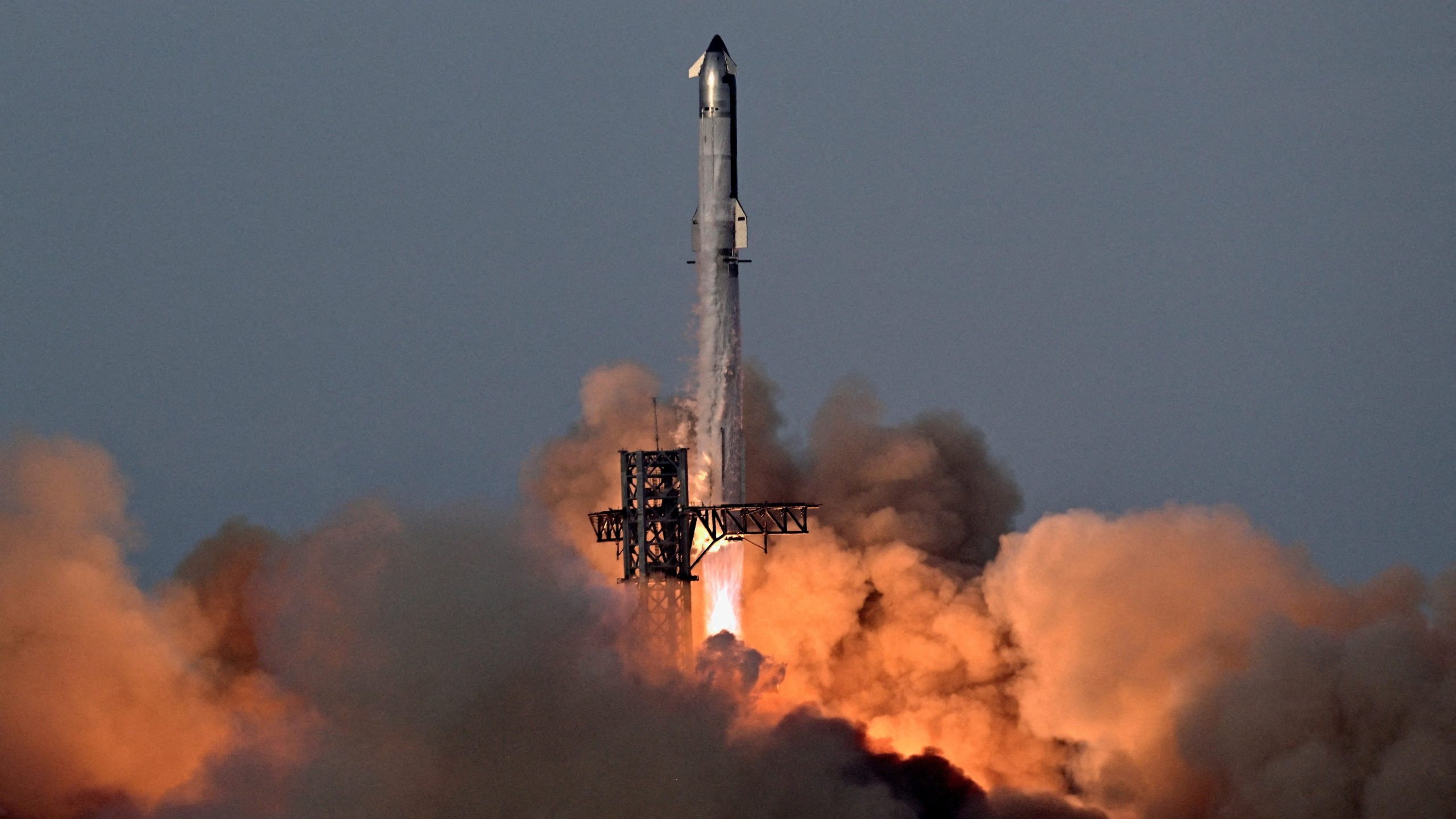SpaceX finally has something to celebrate — Starship just nailed a test flight after a string of fiery failures.
The world’s biggest and most powerful rocket roared off the Texas coast for a tense 60-minute journey.
It survived explosions, fire, and flapping metal along the way.
So, why all the fuss? Because this is the rocket NASA hopes will take astronauts back to the Moon under its Artemis program.
Victory Now But What About Tomorrow?
The stakes couldn’t be higher — and after four disastrous attempts this year, including one blast on the launch pad.
Many wondered if Elon Musk’s vision was slipping further out of reach.
Not this time. All 33 booster engines fired flawlessly, and the two stages separated cleanly.
Starship cruised nearly 200 km above Earth before looping back down.
Sure, its flaps caught fire and twisted in the descent — but SpaceX has always embraced its “fail fast, learn fast” mantra.

“This was a great day for SpaceX, executing its full mission for the first time,” says Dr. Simeon Barber of the Open University.
The company gathered a goldmine of data from launch to landing.
Still, experts warn that getting Starship human-ready by 2027 is a moonshot in itself.
SpaceX may be back on track — but will it beat China in the race to the Moon? That’s the billion-dollar question.





